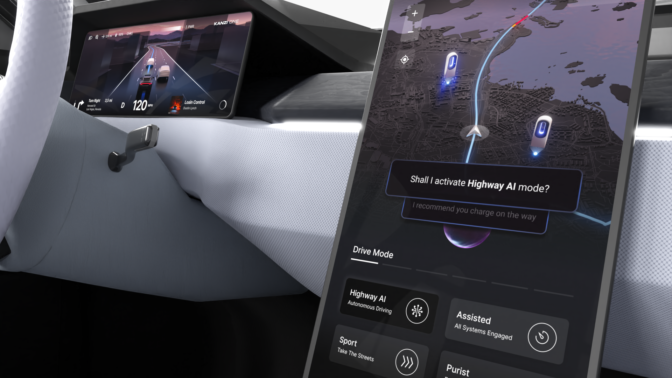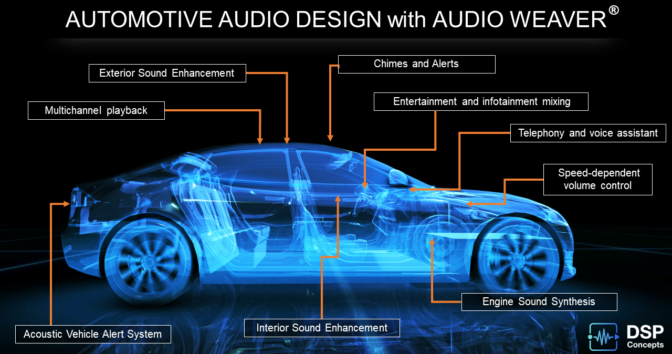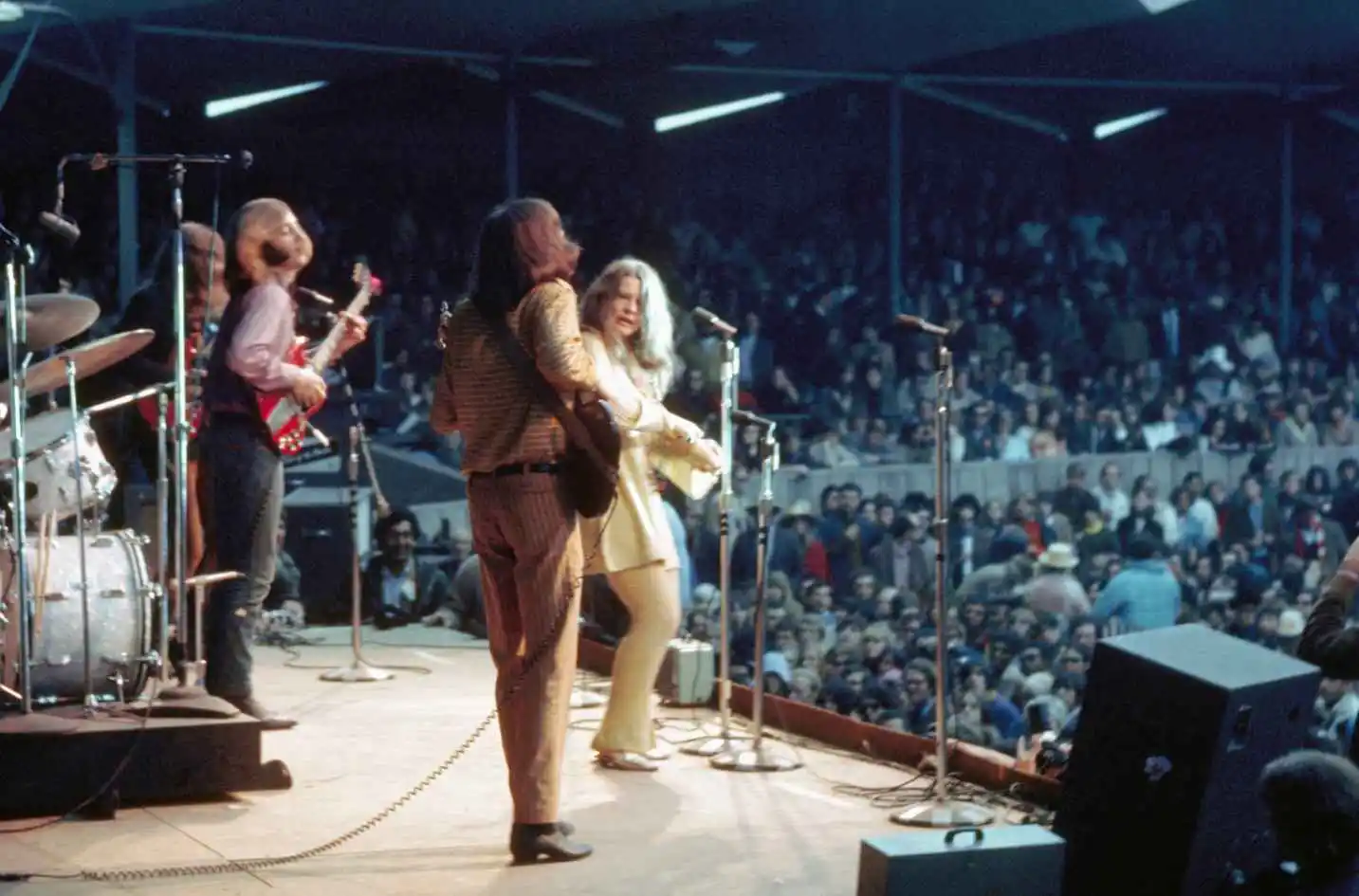As personal transportation becomes electrified and automated, time in the vehicle has begun to resemble that of a living space rather than a mind-numbing commute.
Companies are creating innovative ways for drivers and passengers to make the most of this experience, using the flexibility and modularity of NVIDIA DRIVE IX. In-vehicle technology companies Cerence, Smart Eye, Rightware and DSP Concepts are now using the platform to unhook intelligent features for every vehicle occupant.
These partners are joining a diverse ecosystem of companies developing on DRIVE IX, including Soundhound, Jungo and VisionLabs, providing cutting-edge solutions for any in-vehicle need.
DRIVE IX provides an unshut software stack for cockpit solution providers to build and deploy features that will turn personal vehicles into interactive environments, enabling intelligent assistants, graphic user interfaces and immersive media and entertainment.
Intelligent Assistants
AI isn’t just transforming the way people drive, but moreover how they interact with cars.
Using speech, gestures and wide graphical user interfaces, passengers can communicate with the vehicle through an AI teammate as naturally as they would with a human.
An intelligent teammate will help to operate vehicle functions increasingly intuitively, warn passengers in hair-trigger situations and provide services such as giving local updates like the weather forecast, making reservations and phone calls, and managing calendars.
Conversational AI Interaction
Software partner Cerence is enabling AI-powered, voice-based interaction with the Cerence Assistant, its intelligent in-car teammate platform.
Cerence Teammate uses sensor data to serve drivers throughout their daily journeys, notifying them, for example, when fuel or shower levels are low and navigating to the nearest gas or charging station.
It features robust speech recognition, natural language understanding and text-to-speech capabilities, enhancing the suburbanite experience.

Using DRIVE IX, it can empower both embedded and cloud-based natural language processing on the same architecture, ensuring drivers have wangle to important capabilities regardless of connectivity.
Cerence Teammate moreover supports major global markets and related languages, and is customizable for brand-specific speech recognition and personalization.
Gesture Recognition
In wing to speech, passengers can interact with AI assistants via gesture, which relies on interior sensing technologies.
Smart Eye is a global leader in AI-based suburbanite monitoring and interior sensing solutions. Its production driver-monitoring system is once in 1 million vehicles on the roads virtually the world, and will be incorporated in the upcoming Polestar 3, set to be revealed in October.
Working with DRIVE IX, Smart Eye’s technology makes it possible to snift eye movements, facial expressions, soul posture and gestures, bringing insight into people’s behavior, activities and mood.

Using NVIDIA GPU technology, Smart Eye has been worldly-wise to speed up its cabin-monitoring system — which consists of 10 deep neural networks running in parallel — by increasingly than 10x.
This interior sensing is hair-trigger for safety — ensuring suburbanite sustentation is on the road when it should be and detecting left-behind children or pets — and it customizes and enhances the unshortened mobility wits for comfort, wellness and entertainment.
Graphical User Interface
AI assistants can communicate relevant information hands and unmistakably with high-resolution graphical interfaces. Using DRIVE IX, Rightware is creating a seamless visual wits wideness all cockpit and infotainment domains.

Rightware’s automotive human-machine interface tool Kanzi One helps designers bring wondrous real-time 3D graphical user interfaces into the car and hides the underlying operating system and framework complexity. Automakers can completely customize the vehicle’s user interface with Kanzi One, providing a brand-specific signature UI.
Enhancing visual user interfaces by audio features is equally important for interacting with the vehicle. The Audio Weaver minutiae platform from DSP Concepts can be integrated into the DRIVE IX wide sound engine. It provides a sound diamond toolchain and audio framework to graphically diamond features.

Creators and sound artists can diamond a car- and brand-specific sound wits without the hassle of writing ramified lawmaking for low-level audio features from scratch.
Designing in Simulation
With NVIDIA DRIVE Sim on Omniverse, developers can integrate, refine and test all these new features in the virtual world surpassing implementing them in vehicles.
Interior sensing companies can build driver- or occupant-monitoring models in the cockpit using the DRIVE Replicator synthetic-data generation tool on DRIVE Sim. Partners providing content for vehicle displays can first develop on a rich, simulated screen configuration.
Access to this virtual vehicle platform can significantly slide end-to-end minutiae of intelligent in-vehicle technology.
By combining the flexibility of DRIVE IX with leading in-cabin solutions providers, spending time in the car can wilt a luxury rather than a chore.
The post Inside AI: NVIDIA DRIVE Ecosystem Creates Pioneering In-Cabin Features With NVIDIA DRIVE IX appeared first on NVIDIA Blog.











